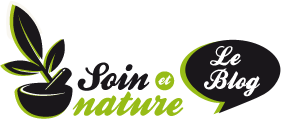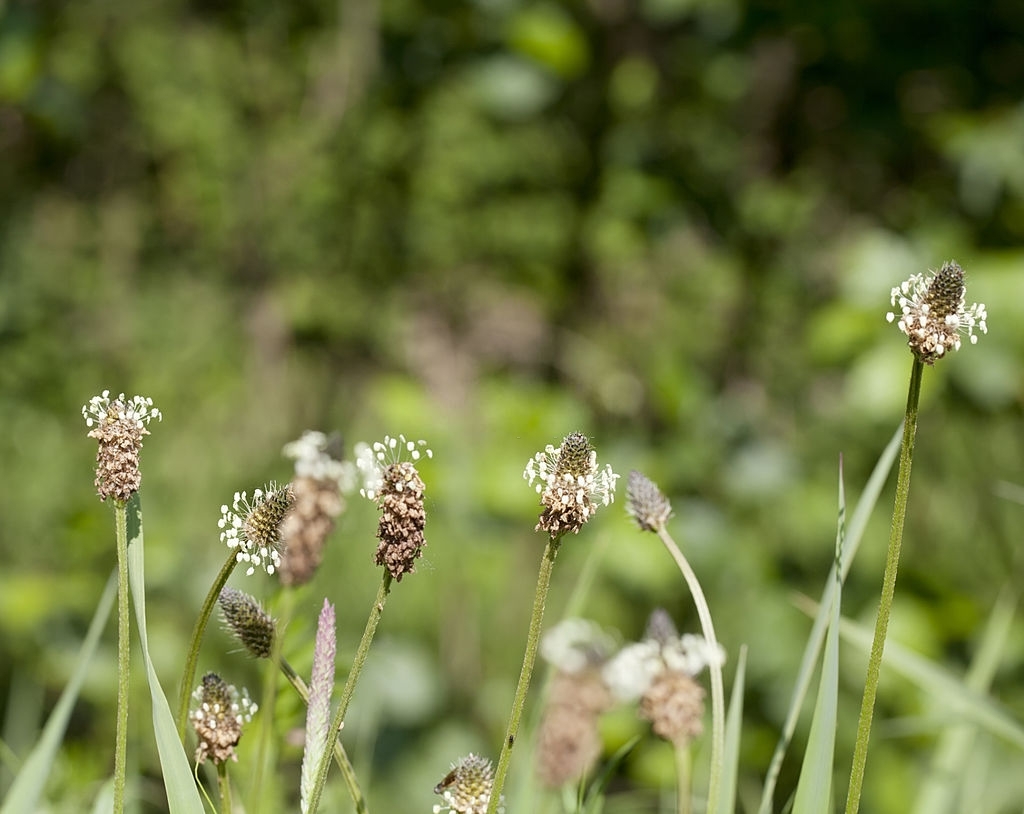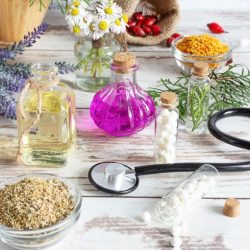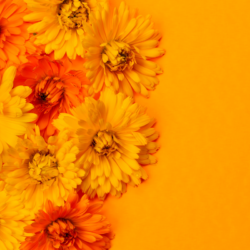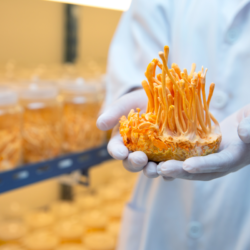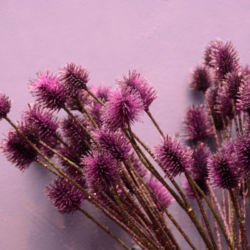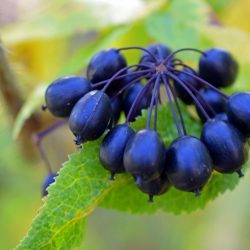In ancient times, plantain was a well-known and widely used plant. In addition to the pseudo-Apuleius who wrote extensively about its use, there was a writer in the first century AD who held plantain in high esteem. Like mallow, plantain is reputed to have anti-inflammatory properties, both internally and externally.
What is plantain?
A little history
The disciples of Hippocrates largely ignored plantain, but Themison of Laodicea, a Greek physician, dedicated an entire book to it. This plant is distinguished in two varieties, Plantago major and Plantago lanceolata, thanks to the support of Dioscorides and Pliny.
In the late Middle Ages, plantain water was widely used. It was known as “eau vulnéraire” or “eau d’arquebusade”. This water was known for its refreshing, purifying, softening and astringent qualities . Like cornflower water, it was used to treat ophthalmia and other eye inflammations. In palynology, plantain helps to date the beginning of the Neolithic period and human agro-pastoral activities. It grows in trampled and cultivated areas.
What are the main pharmacological properties of Plantain leaves?
Anti-inflammatory and antispasmodic properties, particularly for the respiratory tract
Theaucubin andursolic acid in plantain inhibit cyclooxygenase-2 (COX-2). In addition,aucubin blocks nuclear factor kappa B (NF-kB), which slows down the inflammatory cascade. This antioxidant compound exerts its anti-inflammatory activity by also inhibiting tumour necrosis factor alpha (TNF-α). Plantainactoside is anti-inflammatory by inhibiting 5-lipoxygenase (LOX 5) and cyclooxygenase 2 (COX-2). In particular, plantain reduces the production of nitric oxide (=NO), which seems to be due to inhibitory effects on the expression of the inducible nitric oxide synthase (iNOS) gene, or to an NO elimination activity.
Plantain’s mucilage, with its emollient properties, and its high tannin content, explain its mucolytic and cough suppressant activity, and thus contribute to its anti-inflammatory action in the upper airways. These polysaccharides have been shown to be absorbed by mucous membranes, contributing to the therapeutic effect of plantain in the treatment of irritated mucous membranes, particularly in the mouth.
Aucubin and catalpol, the two main plantain iridoids, have significant antispasmodic activity in vitro, similar to papaverine, by inhibiting extracellular and/or intracellular calcium. Experimental research in 1999 confirmed the anti-inflammatory, spasmolytic and immunostimulant actions of plantain in the upper respiratory tract. It has an antispasmodic effect on smooth muscles, particularly in the trachea and bronchi, making it an excellent cough suppressant, but also on the ileum.
A clinical study conducted on 25 patients suffering from chronic bronchitis for 25 to 30 days showed that plantain led to a subjective and objective improvement in symptoms in 80% of cases, with good tolerance. Another study conducted with an aqueous extract of P. major in this indication showed similar results.
Anti-allergic properties
In vitro, plantain has antihistaminic activity, inhibiting histamine-dependent immunoglobulin E (IgE) and mast cell degranulation, opening the way to the treatment of asthma and/or allergic diseases. This inhibition of degranulation was confirmed by a 2011 study, which also suggests the plant for the treatment of atopic dermatitis. Plantain verbascoside not only inhibits leukocyte lipoxygenase, but also reduces the formation of leukotriene B4, which, like other leukotrienes, is involved in allergic and inflammatory conditions.
Plantago lanceolata, commonly known as lanceolate plantain, is renowned for its powerful antihistamine properties, making it effective against allergies. It is particularly useful for treating allergic reactions linked to pollens, including those from the plantain itself, as well as eye and skin allergies. To increase its effectiveness against hay fever, with or without eye congestion, it is beneficial to combine it with blackcurrant, renowned for its anti-inflammatory properties. The start of treatment, recommended one month before pollen season, optimises preparation for these allergies.
Plantain is effective against asthma. It acts on inflammation of the mucous membranes and bronchial spasms. Since ancient times, this plant has been recognised as a healer. Saint Hildegarde, who lived between 1098 and 1179, valued it. She used it to treat gout and bone fractures. She also applied it to soothe insect bites.
Modern science has analysed lanceolate plantain. This analysis confirms its medicinal benefits. Its anti-inflammatory and antihistaminic effects are notable. Plantain blocks immunoglobulin E and prevents mast cell degranulation. These actions reinforce its effectiveness against allergies.
Anti-oxidant and anti-infectious properties
P. lanceolata, a species of plantain, is particularly effective at inhibiting lipid peroxidation. There is a strong correlation between its anti-free radical activity and its richness in phenolic extracts and phenylpropanic glycosides.
This plant has marked antibacterial properties, especially in its fresh form. It is bacteriostatic and bactericidal in vitro against a number of bacteria, including haemolytic streptococci, Staphylococcus aureus, S. pyogenes, Bacillus cereus, pneumococcus, Escherichia coli, Corynebacterium and Pseudomonas aeruginosa. This action is due to aucubin, which is transformed into aucubinegin under the action of a β-glucosidase.
However, heat denatures this β-glucosidase, reducing aucubin’s anti-infective properties. For this reason, it is preferable to use galenic forms that avoid heat, such as cold preparations of fresh plants.
Antiviral against adenoviruses (ADV-3, ADV-8, ADV-11) and herpes viruses (HSV-1, HSV-2), mainly due to the plant’s caffeic and chlorogenic acids.
Peripheral actions
Are there any precautions to be taken when using Plantain?
Lanceolate Plantain is often regarded as a safe and beneficial plant. However, certain precautions must be taken when using it. The European Medicines Agency (EMA) advises against its use by pregnant or breast-feeding women. This recommendation also applies to children under the age of 3. When self-medicating, it is important to exercise caution. If symptoms such as dyspnoea, fever or purulent sputum occur, you should consult a doctor. This consultation is necessary when plantain is used for ENT or respiratory problems.
Although rare, laxative and hypotensive effects have been observed in some users, and allergic reactions may occur in sensitive individuals. There are no known contraindications to date, apart from possible hypersensitivity to the active substances in plantain. The EMA also stresses the lack of safety data concerning its use by pregnant or breast-feeding women and children under the age of 3.
As far as toxicity is concerned, none is currently known. Similarly, no specific side effects have been identified. The French National Agency for Food, Environmental and Occupational Health and Safety (ANSES) has not reported any particular precautions to be taken when using food supplements containing plantain. Finally, no drug interactions are known to date.
These precautions are designed to ensure the safe and effective use of lanceolate plantain, maximising its benefits while minimising potential risks.
How should Plantain be taken and at what dosage?
In herbal medicine, plantain comes in a variety of forms to suit different needs. Plantain powder is commonly taken in capsule form, to be taken with a glass of water. Plantain fluid extract offers a flexible alternative, to be taken on its own or on sugar.
Plantain infusions, ideal for regular consumption, can be drunk several times a day. For topical use, plantain-based creams, enriched with other active ingredients, are applied directly to wounds or affected areas. Plantain mother tincture is also available, to be taken diluted in a little water.
Fresh plantain leaves are also effective for external use. They are used in the form of poultices, applied to the area to be treated after being coarsely crushed. Each form of plantain administration offers a distinct method of exploiting its therapeutic benefits, whether for internal or external use.
- As a dietary supplement, in the form of a capsule extract of the plant’s total powder.
- Standardised fresh plant fluid extract of lanceolate plantain: 5 to 10 ml per day in a glass of water.
- Honey glycerine fluid extract: 5 ml twice a day in water.
- Infusion: infuse 1.5 g of dried or fresh aerial parts for 150 ml, 1 cup 2 to 3 times a day.
- Extract in syrup form: 1 tablespoon 3 to 4 times a day.
- Hydroalcoholic extract: 20 to 25 drops 2 to 3 times a day in a glass of water or fruit juice.
Medical literature and clinical trials
- Kawati Z. et al, Screening car of several Indonesian medicinal plants for their inhibitory effect on histamine release from RBL-2H3 cells; J Ethnopharmacol, 2001
- Matev M. et al, Clinical trial of a Plantago major preparation in the treatment of car chronic bronchitis; Vutr Boles, 1982
- Ringbom T. et al, Ursolic acid from Plantago major, a selective inhibitor of cyclooxygenase-2 catalyzed prostaglandin biosynthesis; J Nat Prod, 1998
- Bak J.P. et al, Screening and car compound isolation from natural plants for anti-allergic activity; Journal of the Korean Society for Applied Biological Chemistry, 2011
- Park K.S. et al, Anti-inflammatory activity of aucubin by inhibition of tumor necrosis factor-alpha production in RAW 264.7 cells; Planta Med, 2004
- Speranza L. et al, Antiinflammatory effects in THP-1 cells treated with verbascoside, Phytother Res, 2010
- Wegener T. et al, Plantain (Plantago lanceolata L.) ; anti-inflammatory action in upper car respiratory action inupper respiratory tract infections, Wien Med Wochenschr., 1999
- Galvez M. et al, Antioxidant Obtained from Plantago Species, J. Agric. Food Chem, 2005
- Ortiz de Urbina A.V. et al, In vitro antispasmodic activity of peracetylated penstemonoside, aucubin car and catalpol, Planta Med, 1994
- Bermejo Benito P. et al, Effects of some iridoids from plant origin on arachidonic ancid metabolism in cellular systems; Planta Med, 2000
- Schmidgall J. et al. Evidence for bioadhesive car effects of polysaccharides and polysaccharide-containing herbs in an ex vivo bioadhesion assay on buccal membranes; Planta Med, 2000
